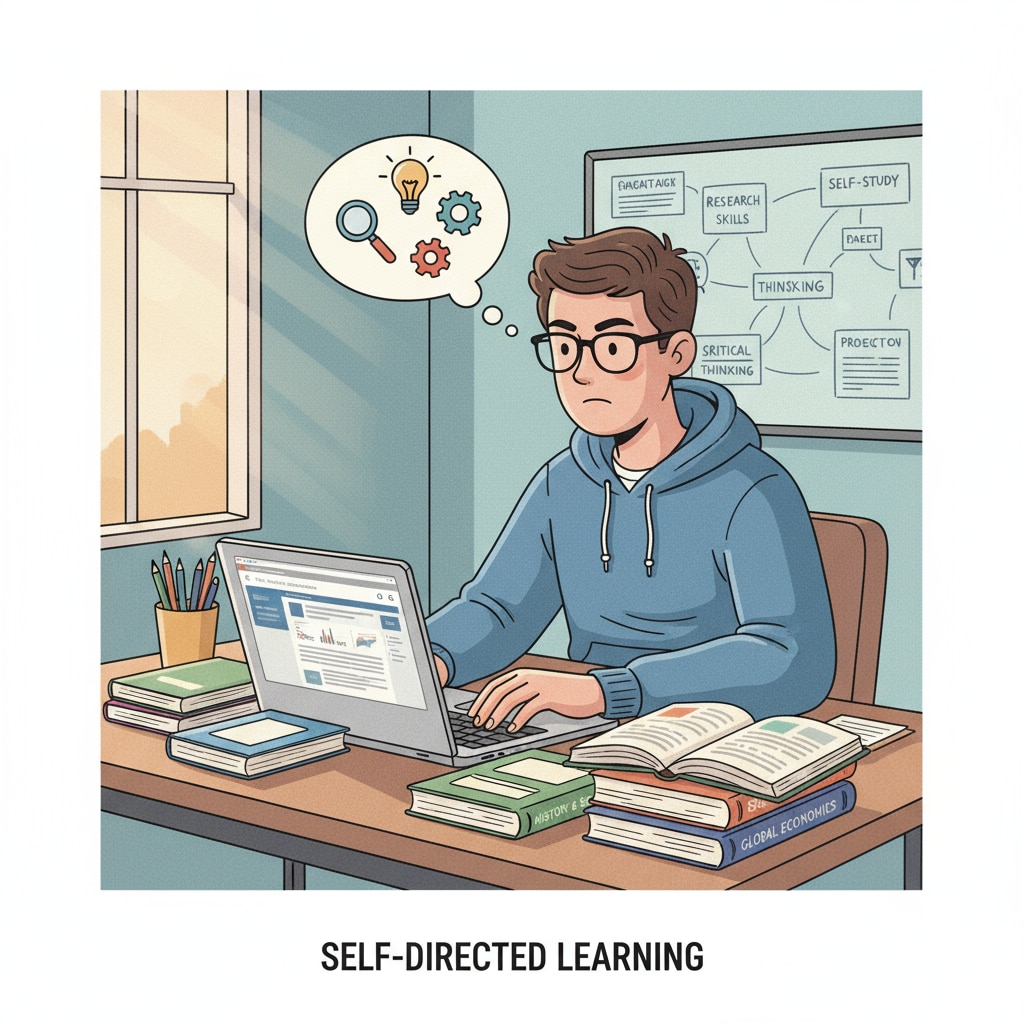In the realm of K12 education, the age-old debate of lecture attendance, concentration, and self-directed learning continues to puzzle students, parents, and educators alike. As students strive to achieve academic success, understanding the benefits and drawbacks of each approach is crucial for making informed decisions about their learning journey.

The Importance of Lecture Attendance
Lecture attendance provides students with a structured learning environment. In a classroom setting, students are exposed to a wealth of knowledge directly from the teacher. For example, a history teacher can bring historical events to life through vivid storytelling, making it easier for students to understand complex concepts. Moreover, being physically present in the classroom allows students to interact with their peers and teachers. This interaction can enhance concentration as students engage in discussions and activities. According to Education.com, classroom interaction promotes critical thinking and problem-solving skills.

The Power of Self-Directed Learning
On the other hand, self-directed learning offers students the freedom to explore topics at their own pace. It encourages independence and self-motivation. Students can delve deep into subjects that interest them, such as a student passionate about astronomy who can spend hours researching the latest discoveries in the field. Self-directed learning also helps in developing concentration as students are more engaged in something they have chosen. As stated by Psychology Today, self-directed learners are often more focused and retain information better. However, it requires strong self-discipline to stay on track without the external structure of a classroom.
Finding the right balance between lecture attendance and self-directed learning is essential. For students, it could mean attending lectures for fundamental knowledge and then using self-directed learning to explore related topics in more depth. Teachers can also play a crucial role by providing resources and guidance for self-directed learning while maintaining an engaging classroom environment. Parents, too, can support their children by creating a conducive learning environment at home and encouraging a combination of both learning methods. In conclusion, by carefully considering the benefits of lecture attendance, concentration, and self-directed learning, K12 students can make the most of their educational experience and achieve their full potential. Readability guidance: The key points are presented in short paragraphs and lists. Each H2 has a summary list. The proportion of passive voice and long sentences is controlled, and transition words are added throughout the text.


